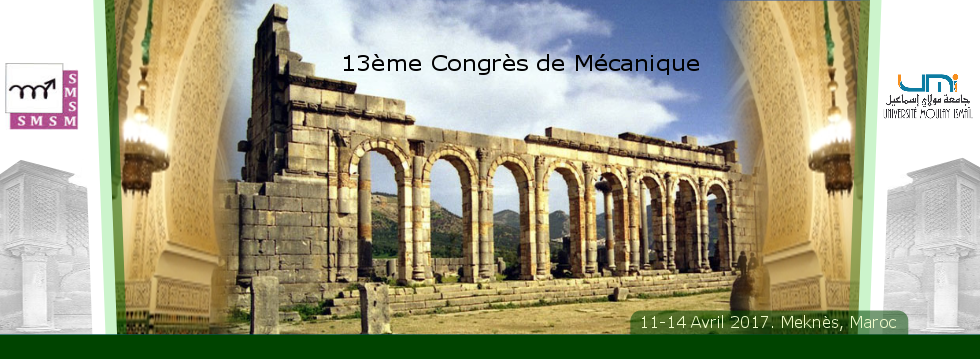Abstract
It is shown that very large stresses may be present in
the thin films that comprise integrated circuits and magnetic
disks and that these stresses can cause deformation
and fracture of the material. For a crystalline
film on a non deformable substrate, a key problem involves
the movement of dislocations in the film. An
analysis of this problem provides insight into both the
formation of misfit dislocations in epitaxial thin films
and the high strengths of thin metal films on substrates.
Just as for bulk structural materials, it is important
to understand the microscopic processes responsible
for deformation and fracture of these thin film materials
so that the mechanical properties of these materials
can be changed through the control of microstructure.
These remarks have motivated much of the work described
in this paper. We develop in this paper, theoretical
calculations for dislocation nucleation phenomena
in nanomaterials obtained by hetero-epitaxial growth of
thin films on substrates having lattice mismatch defects
(such as growth 3C - SiC filmand Si - Ge). After
experimental observations by electronic atomic force microscopy,
which proved the nucleation of dislocations
from free lateral surfaces to relax the " misfit " strain and
following a limiting resolution, here we explain the principle
of nucleating edge dislocations from these surfaces
by the theoretical calculation, of the stresses of interaction
(dislocation-surface, dislocation -dislocation ...) using the
method of image stress and energy study. We begin our
study, by treating the case of a single dislocation and then
generalize thework at a pile-up of n interface dislocations.
We study the nucleation conditions and the possibility to
impose on the epitaxial strain and the thickness h of the
thin film to relax the instability of the design course material.

|
A pile-up of edge dislocations to relax Misfit strain
1 : Mohamed TALEA
Faculty of Sciences Ben M'sik,Information Processing Laboratory (LTI), Hassan II University, Casablanca, Morocco -
Maroc
2 : Khalil ELHAMI
Faculté Polydisciplinaire de Khouribga,University Hassan 1st,Laboratoire des Nanosciences et Modélisations (LNM), Khouribga, Morocco. -
Maroc
3 : Assia BAKALI
Faculty of Sciences Ben M'sik,Information Processing Laboratory (LTI), Hassan II University, Casablanca, Morocco -
Maroc
4 : Jean GRILHE
University of Poitiers
Institut Pprime,Condensed Matter Physics and Materials Physics, University of Poitiers, Poitiers,France -
France
|


